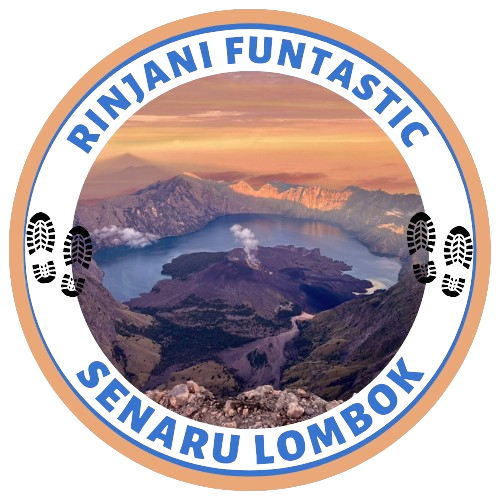Rinjani Safety Tips Trekking: Your Complete Guide for a Safe and Unforgettable Hike
Trekking Mount Rinjani (3,726 m) is one of the most thrilling adventures in Indonesia, offering jaw-dropping views, volcanic landscapes, and unforgettable sunrises. But with its beauty comes risk — steep terrain, unpredictable weather, and high altitudes make safety an absolute priority. Whether you’re climbing the summit, camping at Segara Anak Lake, or exploring the scenic Torean trail, these essential Rinjani trekking safety tips will help you enjoy the journey safely.
Why Rinjani Trekking Safety Matters
Mount Rinjani is the second-highest volcano in Indonesia and presents a physically demanding challenge. Accidents in recent years have involved falls, altitude sickness, and even fatal mishaps due to poor preparation or inexperience. Taking the right precautions isn’t optional — it’s critical.
1. Choose Small, Well-Guided Groups
A smaller trekking group improves safety, communication, and pace control. The recommended ratio is 1 guide for every 4 trekkers. This ensures:
-
Closer monitoring of your condition
-
Faster emergency response
-
Better trail coordination
-
A more personalized trekking experience
Avoid large groups where guides cannot properly supervise all members, especially in exposed or high-altitude sections.
2. Understand the Routes and Their Challenges
Different trails on Rinjani offer different risks:
-
Senaru Route: Ideal for beginners, this path leads to the Crater Rim. It’s moderately difficult but relatively safer.
-
Sembalun Route: Best for summit climbers. The route is exposed, with loose volcanic gravel near the summit.
-
Torean Route: Visually stunning, but not suitable during rainy seasons due to landslides and slippery paths. This route is descent-only and requires experienced guidance.
Choose the right route based on your fitness level and trekking goals.
3. Trekking Safety Checklist
Before the Trek:
-
Book with a certified, local trekking operator
-
Share any health concerns with your guide
-
Train physically — cardio and leg strength are key
-
Stay hydrated and eat well pre-trek
On the Trail:
-
Pace yourself — don’t race
-
Drink water regularly
-
Use trekking poles for balance
-
Dress in layers for shifting temperatures
-
Watch for signs of fatigue and altitude sickness
Altitude Warning Signs:
-
Headache, nausea, dizziness, confusion
If symptoms worsen, descend immediately — the summit is never worth your life.
4. Essential Gear for Rinjani Safety
| Item | Purpose |
|---|---|
| Hiking boots with grip | Prevent slips on rocky, steep terrain |
| Trekking poles | Reduce strain and improve balance |
| Headlamp | Needed for early morning summit ascents |
| Warm clothes | Cold temperatures near the summit |
| Rain jacket | Sudden showers are common |
| Water (2–3 liters/day) | Prevent dehydration |
| Sunscreen & hat | Strong UV at high altitudes |
| Basic first-aid & meds | Include altitude pills if necessary |
5. Emergency & Medical Preparedness
There are no rescue helicopters on Mount Rinjani. That’s why:
-
Guides must be first-aid trained
-
Carrying oxygen is advised for summit treks
-
Porters and guides should know emergency evacuation points
-
Guests must report symptoms early and follow guide instructions
6. Environmental Safety Is Trekker Safety
Preserving the mountain also keeps trails safe. Follow “Leave No Trace” principles:
-
Don’t litter or burn plastic
-
Avoid disturbing wildlife or plants
-
Respect local traditions and regulations
7. Bonus Travel Safety Tips
-
Insurance: Buy travel insurance that covers trekking at altitude.
-
Best Season: April–December is safest (dry season).
-
Mosquito Precautions: Not a major issue at altitude, but use repellent in lowlands.
Conclusion:
With proper planning, the right gear, and guidance from licensed professionals, Mount Rinjani can be a safe and rewarding adventure. Respect the mountain, listen to your body, and always prioritize safety over speed. Your life is worth more than any summit.

